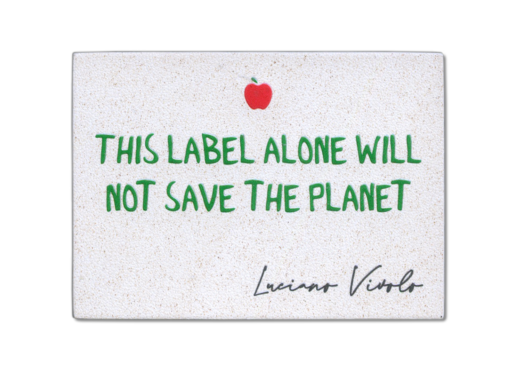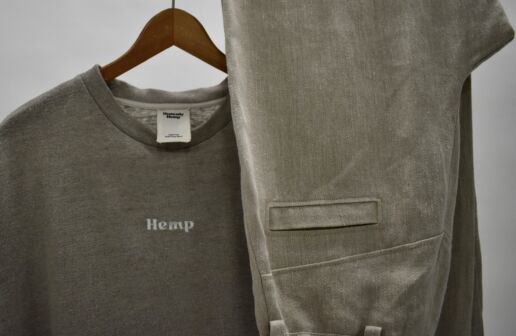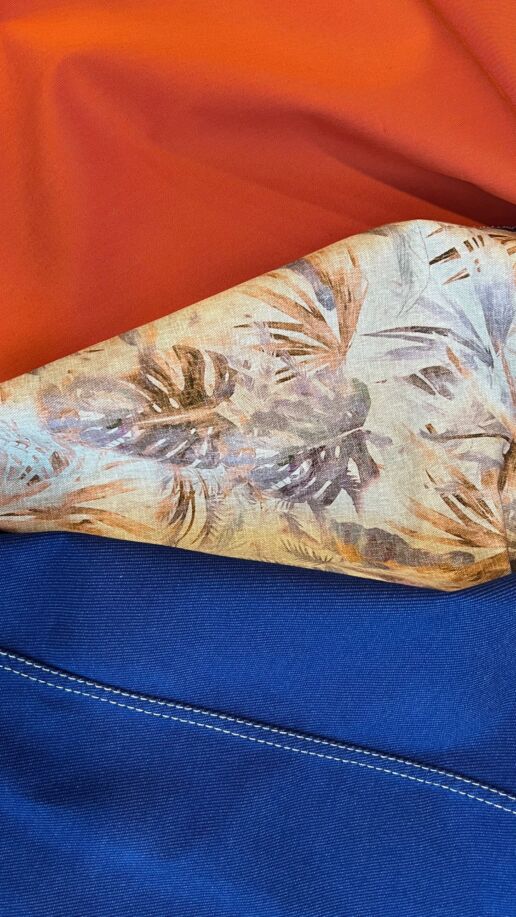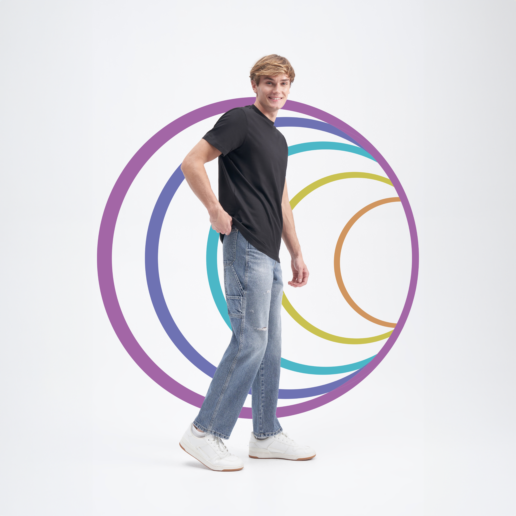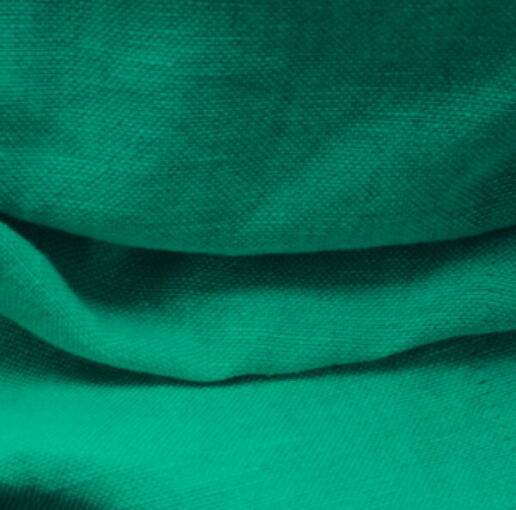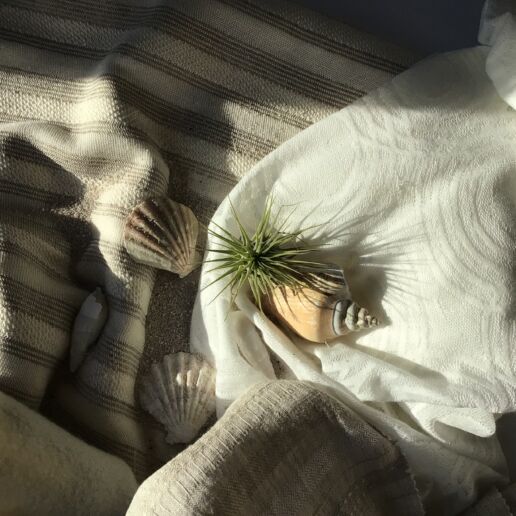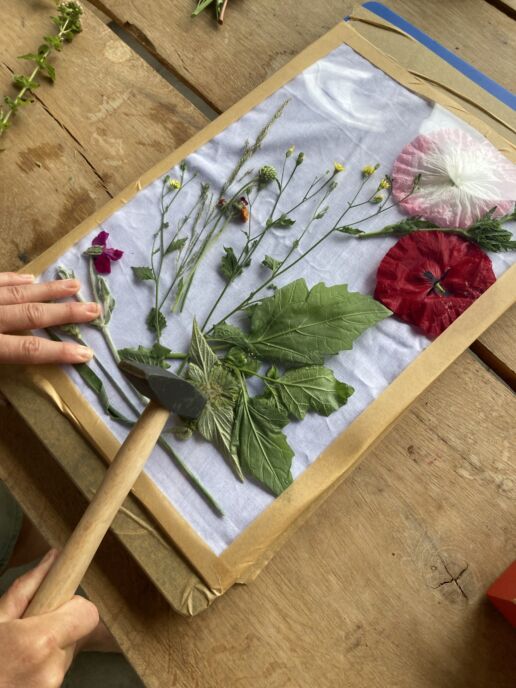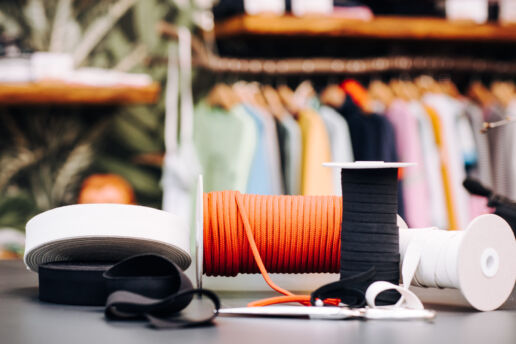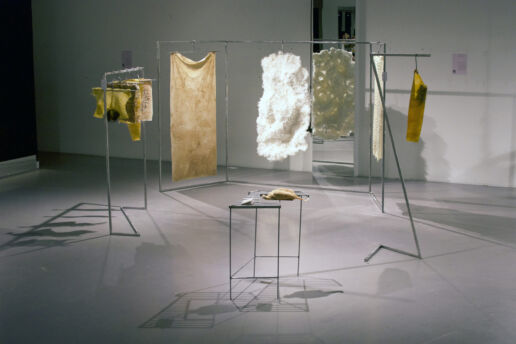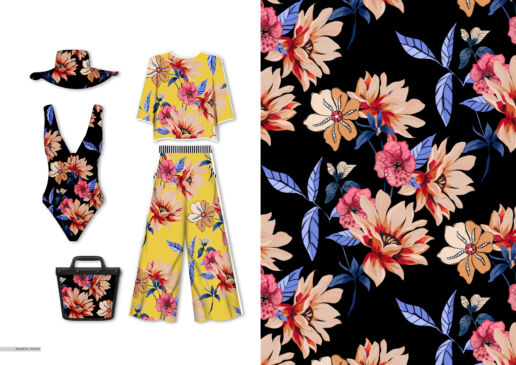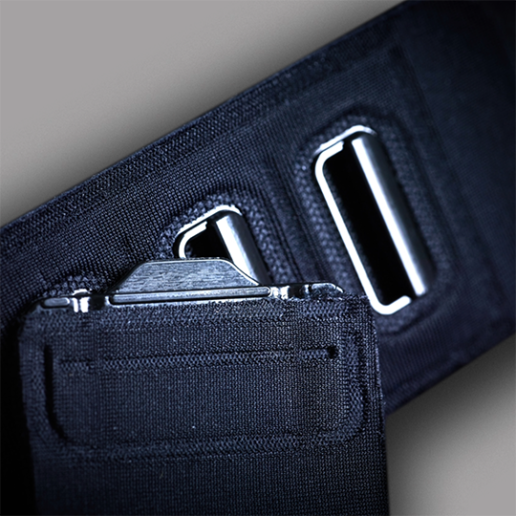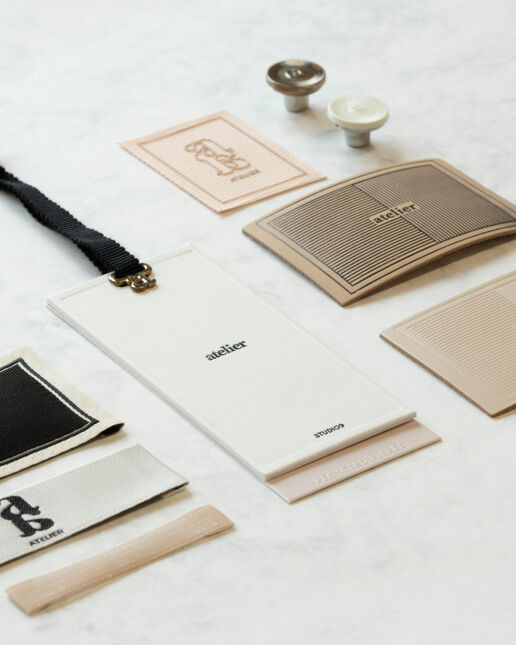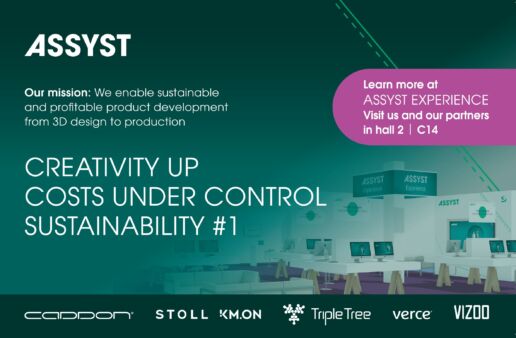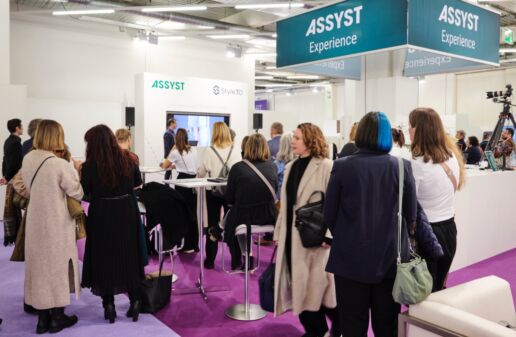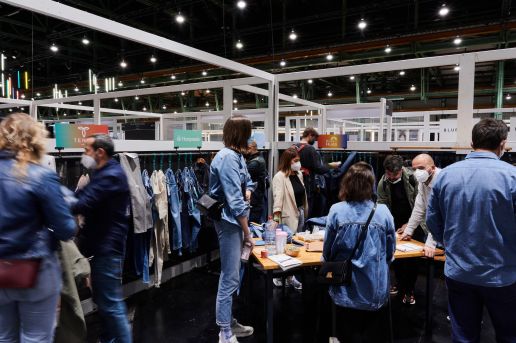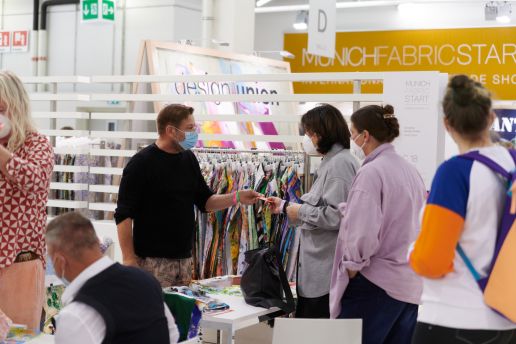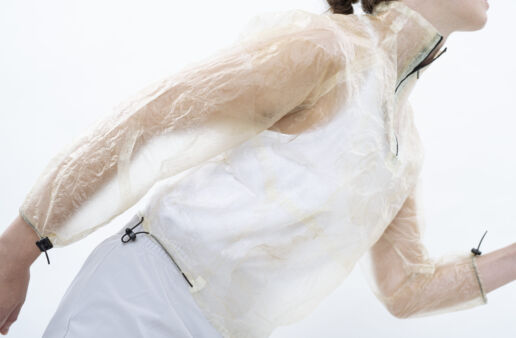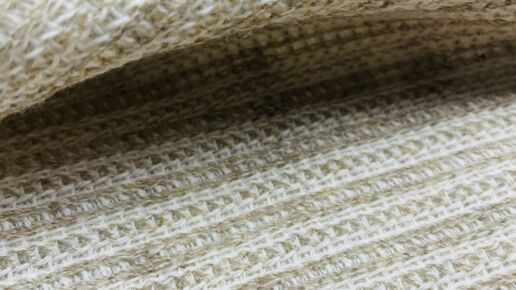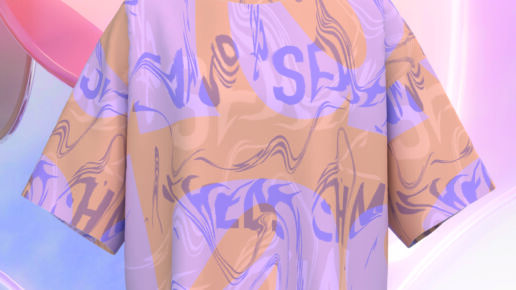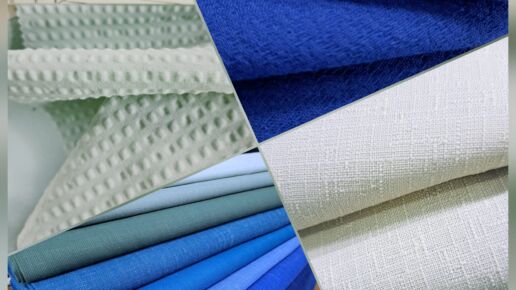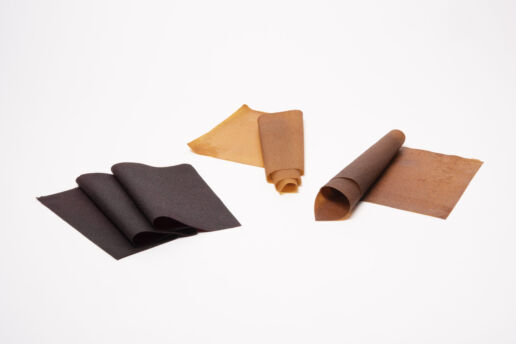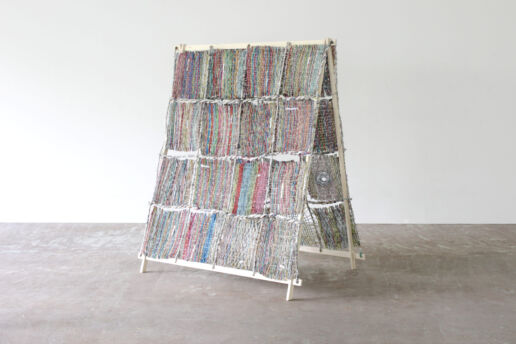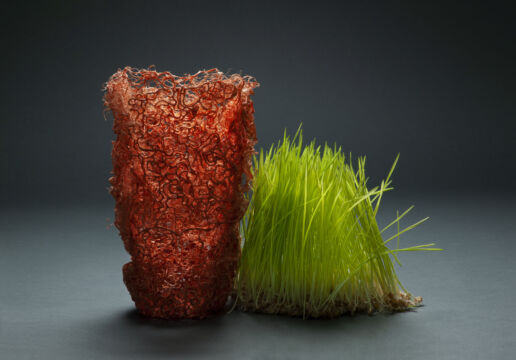Autumn.Winter 23/24
The latest accessories developments for Spring.Summer 24 - Part IV
We present 5 manufacturers who showed their new designs for the Spring.Summer 2024 season at MUNICH FABRIC START.
The latest developments for buttons, ribbons, decorative stones, closures, linings, lace, embroidery, interlinings as well as labeling and branding solutions will be presented by around 200 leading international ingredients and accessories suppliers in the ADDITIONALS Area.
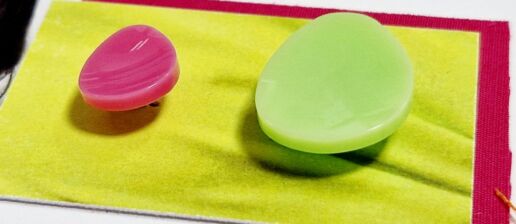
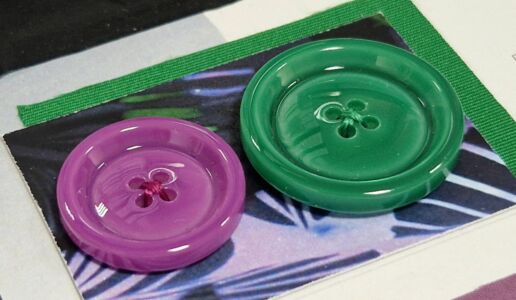
UNION KNOPF
Based on the analysis of global trends in men’s and women’s fashion, every year Union Knopf launches a new collection of clothing fasteners for the spring-
summer season. The collections feature accessories based on classics and innovative concepts that inspire tailoring businesses. Union Knopf takes a responsible approach to sustainability in the fashion industry, creating raw materials and choosing environmentally friendly production methods. They also respond to the new and occuring market demands.
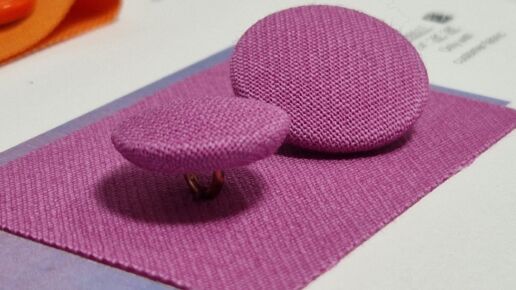
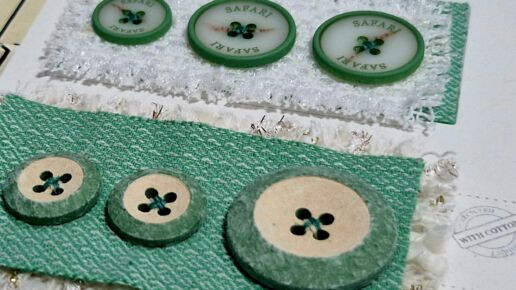
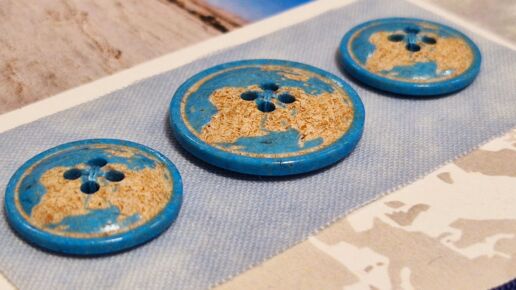
————————————————————————–
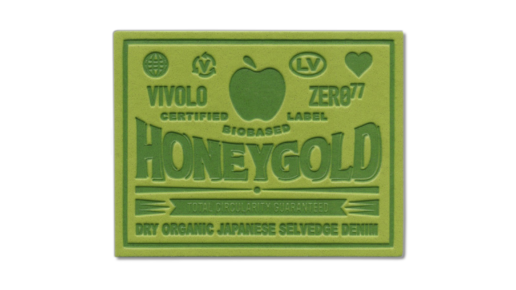
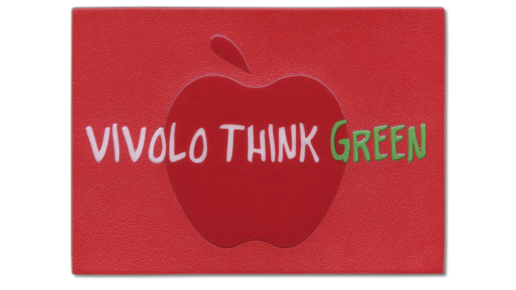
VIVOLO
Since the very beginning of its journey in the leather accessories industry, sustainability has been an integral part of the bold and brave approach that led Vivolo from zero to hero. Together with creativity and absolute excellence, to deliver innovative products. These are beautiful beyond comparison and safe for the planet and its inhabitants. RE Vivolo gathers together a selection of outstanding concepts, techniques with sustainable and innovative materials, thus crafting the labels of the future.
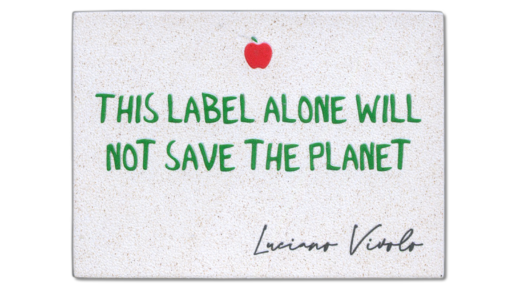
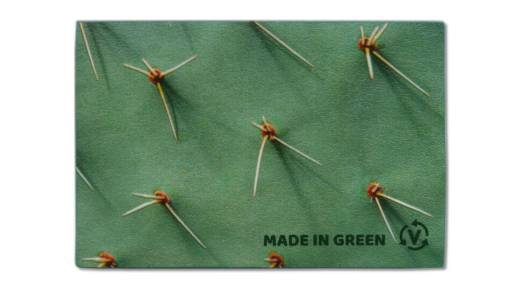
————————————————————————–
CADICA
FEEDING YOUR IDEAS – part 2°: Cadica’s new SS24 Collection collects all the accessories created and produced inside the Group’s production sites. Each item represents the best quality and design that we can guarantee thanks to our expertise and knowledge. Fashion ideas and suggestions for the next season are explained through the following trends: Elemental, Gypsy Soul, Love Land and Digital Mythologies. All this trends give life to different collection’s lines based on original starred food receipts, discovered around the world that are transformed into fashion shapes, colors and materials.
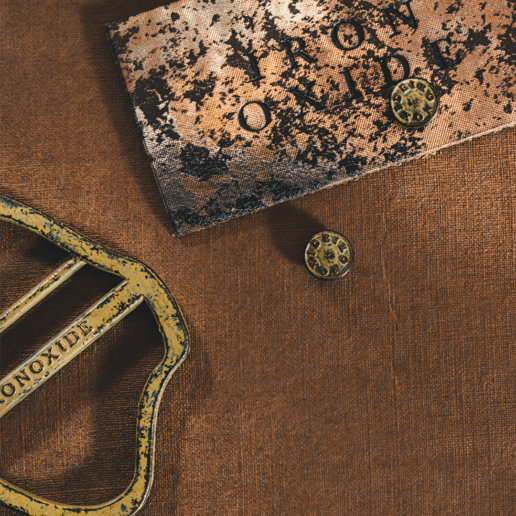
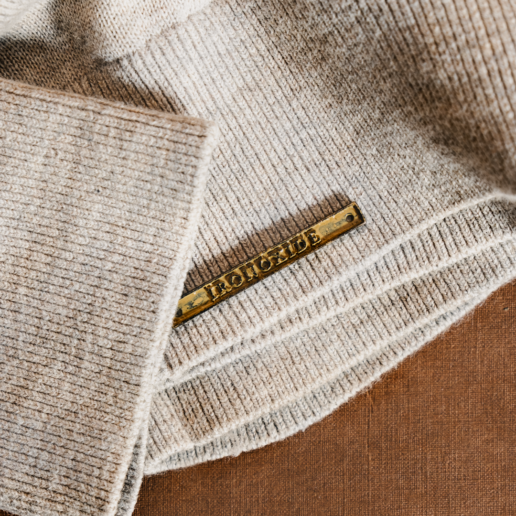
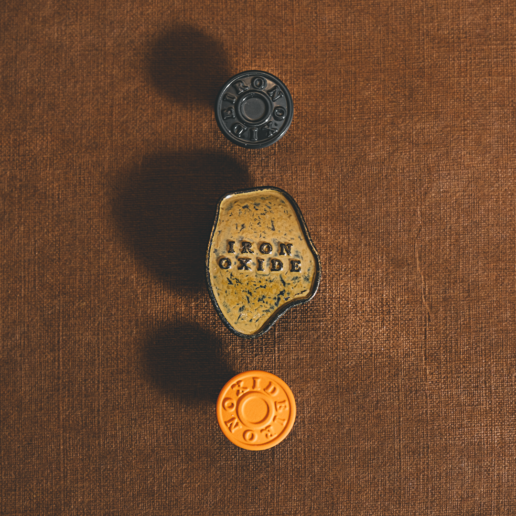
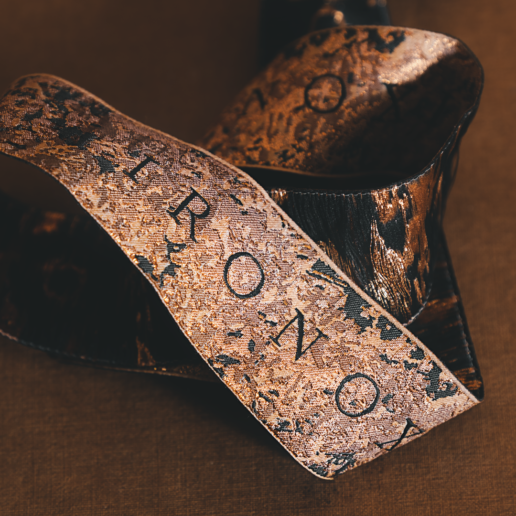
————————————————————————–
TEXCART
The Texcart S/S 2024 collection goes as usual between different targets such as Denim, Menswear, Womenswear and Active.
The colors are the protagonists to be immersed in a fresh and light atmosphere as the summer season requires.
Self-expression dominates, through the bright and vibrant shades of the collections dedicated to women’s clothing, passing through the shades of blue and sand that refer to Mediterranean landscapes faded by the sun, but also through the rigor and elegance of black and white present in a collection dedicated to Menswear, but which is well suited to any gender.
Moreover 3 ecological collections have been created, where all accessories are made from certified and sustainable materials.
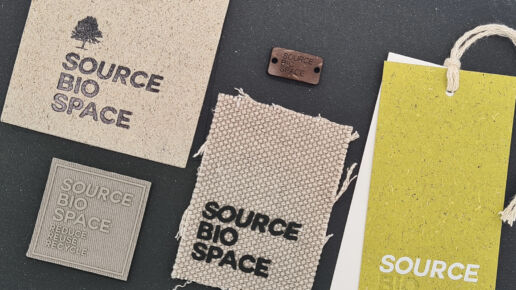
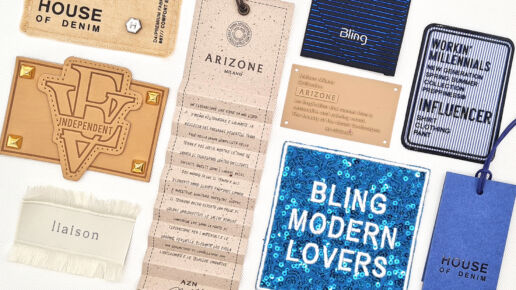
————————————————————————–
THIS MIGHT BE ALSO INTERESTING FOR YOU
Honestly Hemp – Sustainable Innovations
11. April 2024
Her vision: to create an entire outfit made wholly from hemp fibre and end the stigma surrounding the plant.
Fabric Trends Spring.Summer 25 – Part V
9. April 2024
At the heart of this collection is Q-Cycle by Fulgar™, a revolutionary approach that incorporates end-of-life tires into the mass balance technology used during its production, minimizing waste and giving a new life to materials that would contribute to environmental challenges.
BLUEZONE Signature Spring.Summer 25 – Part II
4. April 2024
The designer has given free rein to his creativity to develop his vision of high quality, making increased use of ISKO's Ctrl+Z material science.
BioBase – Sustainable innovations
2. April 2024
The project targets the establishment of biobased polymers in the textile industry, demonstrating their full potential.
Fabric Trends Spring.Summer 25 – Part IV
28. March 2024
Summer, sun, well-being: Cooling materials such as cotton, linen, hemp is wanted as plain or combined qualities.
Blooming Minds – Sustainable Innovations
26. March 2024
Elizabeth’s research focuses on combining nature – especially the use of natural and recycled materials – and community, a social practice which weaves themes such as mental health while encouraging accessible creativity.
The latest accessory developments for Spring.Summer 25 – Part II
21. March 2024
The narrow fabrics combine excellent elasticity with sustainable materials and promote environmentally friendly practices.
Being Plucked – Sustainable Innovations
19. March 2024
"Being Plucked" questions underlying assumptions and illuminates the political dimensions of decisions about one's body.
DESIGN STUDIOS – SPRING.SUMMER 25 I
14. March 2024
Their collection is inspired by the latest catwalks, Copenhagen street style and consumer trend reports.
Fabric Trends Spring.Summer 25 – Part III
12. March 2024
They are crafting high-end fabricsby embracing minimalism and precision and combine exceptional functionality with collective responsibility and prioritize the development of degradable materials with a minimal ecological footprint.
The latest accessories developments for Spring.Summer 24 - Part III
Wir stellen Ihnen 5 Hersteller vor, die auf der MUNICH FABRIC START ihre neuen Designs für die Saison Spring.Summer 2024 gezeigt haben.
Die neuesten Entwicklungen für Knöpfe, Bänder, Ziersteine, Verschlüsse, Futterstoffe, Spitze, Stickereien, Einlagen sowie Labelling und Branding-Solutions präsentieren rund 200 international führende Zutaten- und Accessoires-Anbieter in der ADDITIONALS Area.
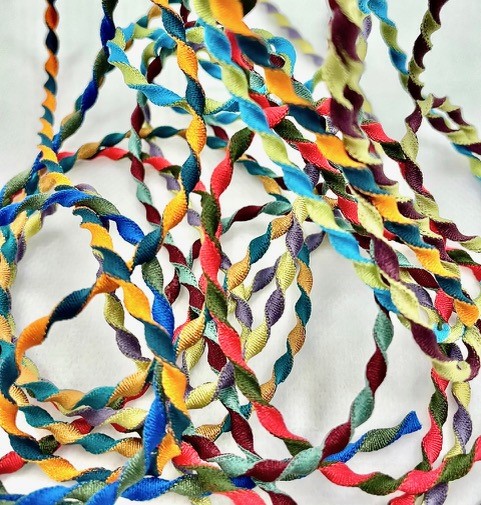
MOKUBA BY RIBBONLINE
Die neue Kollektion von Mokuba besteht aus drei Säulen:
TO BE CONTEMPORARY steht für die Kreation von Produkten, die mit der heutigen Zeit harmonieren und den Modetrends folgen.
TO BE UNIVERSAL steht für Artikel, die in Qualität, Stil und Farbe perfekt sind und die Idee verfolgen, dass manchmal, irgendwo wo auf der Welt jemand inspiriert wird, etwas Originelles zu schaffen.
TO BE PERFECT spiegelt die Perfektion als essentiellen Bestandteil der Produkte von Mokuba wider.
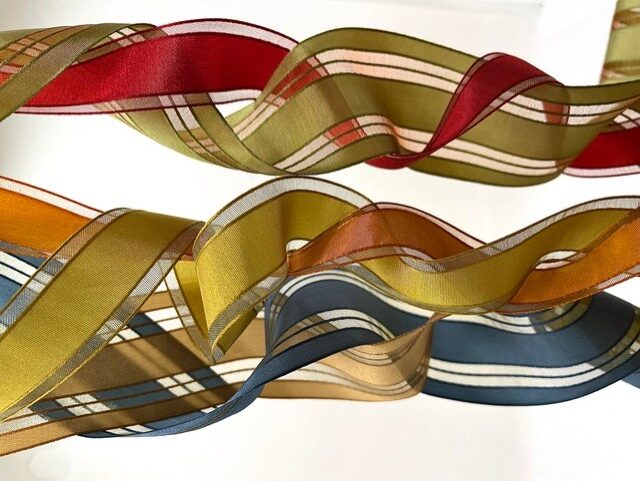
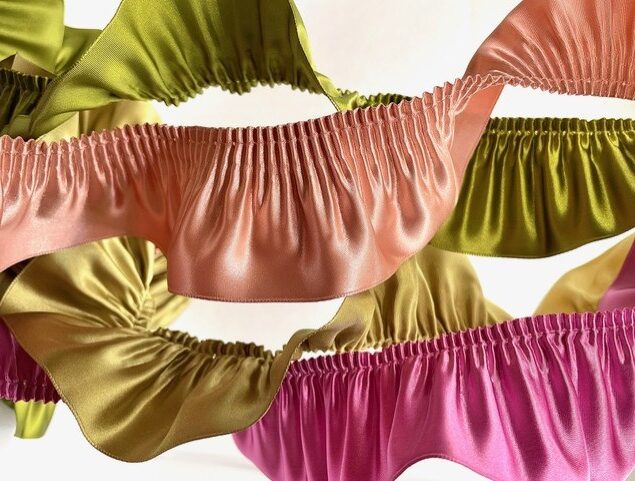
————————————————————————–
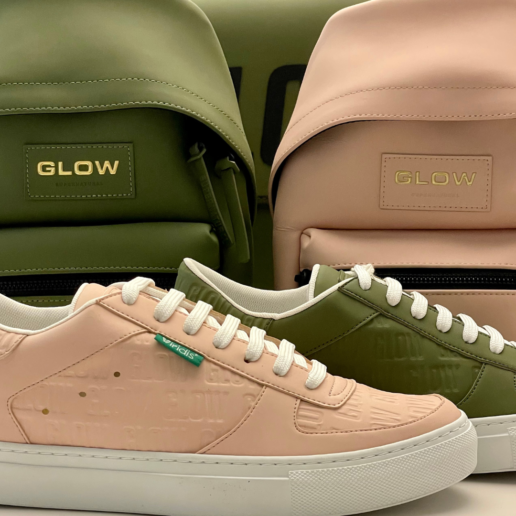
PANAMA TRIMMINGS
Panama Trimmings setzt verstärkt auf Viridis ®:
Viridis ® entstand aus dem Wunsch von Panama Trimmings, mit neuen innovativen Materialien in eine grünere Zukunft zu investieren. Einige Jahre nach der ersten Produkteinführung und dem großen Erfolg im Markt hat sich das Unternehmen entschieden, sein Angebot um weitere Trendfarben für die Active Qualität zu erweitern: Nude Rose und Military Green.
Panama Trimmings präsentiert die neuen Farben in der SS24-Labels Kollektion, auch mit Beispielen von Produkten wie Rucksäcken und Schuhen.
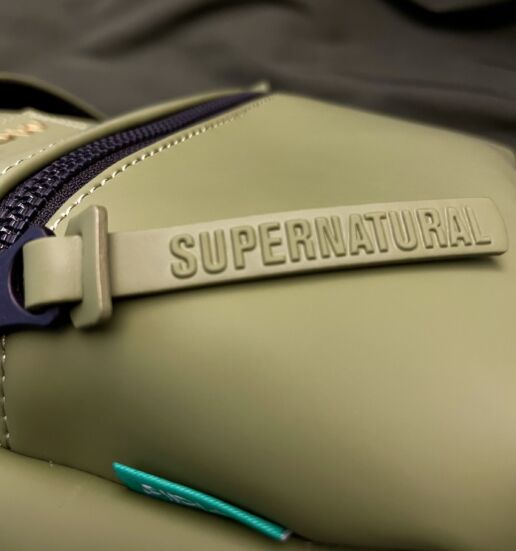
————————————————————————–
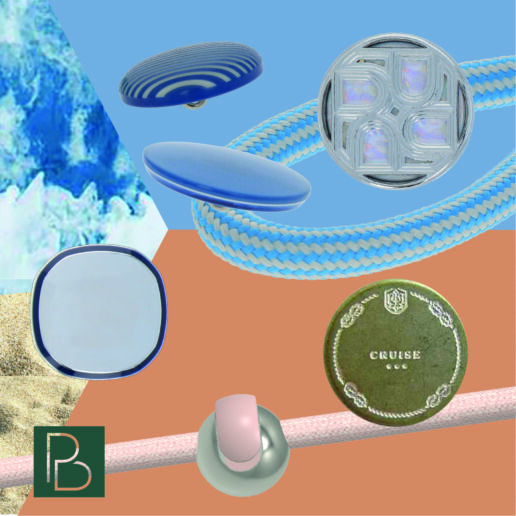
PETER BÜDEL GMBH
Mit seinem auf Nachhaltigkeit ausgerichteten „Digital First“-Ansatz präsentiert PB ACCESSORIES seine Spring/Summer Collection ’24 sowohl digital als auch physisch ‒ ein Großteil davon Oeko-Tex-Standard 100 zertifiziert. Es gibt keine strenge Trennung mehr zwischen Menswear und Womenswear ‒ Sportswear-Aspekte werden zunehmend Teil der „klassischen Mode“. Farbtrends wie Lavendel, Apricot aber auch Indigo und Lime sieht der Hersteller genauso relevant wie sichtbare Naturoptik, recyclebaren Edelstahl und Softtouch-Oberflächen.
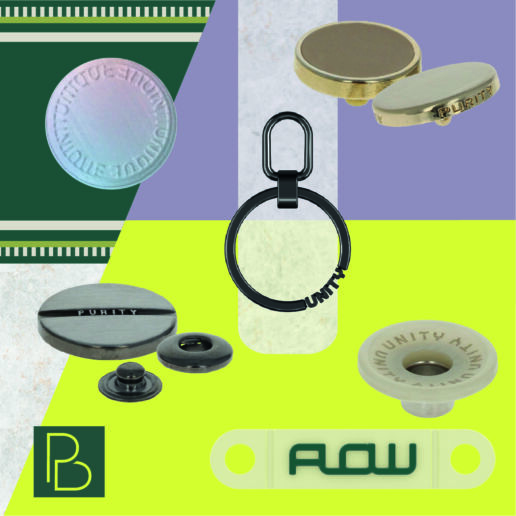
————————————————————————–
STUDIO 9
Wir stellen vor: VOYAGE ‒ Die neueste Zutatenkollektion von Studio 9. Mit einer großen Vielfalt an Stilen, Texturen und Qualitäten kombinieren die Designs
Trends mit Funktionalität. Die Kollektion ist nicht saisonal ausgerichtet, sondern soll mit verschiedenen Themen, Materialien und anpassbaren Details inspirieren, die Ihre einzigartige Markenidentität unterstützen und Ihren Nachhaltigkeitsansprüchen gerecht werden.
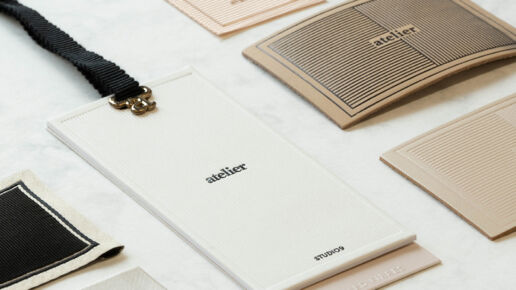
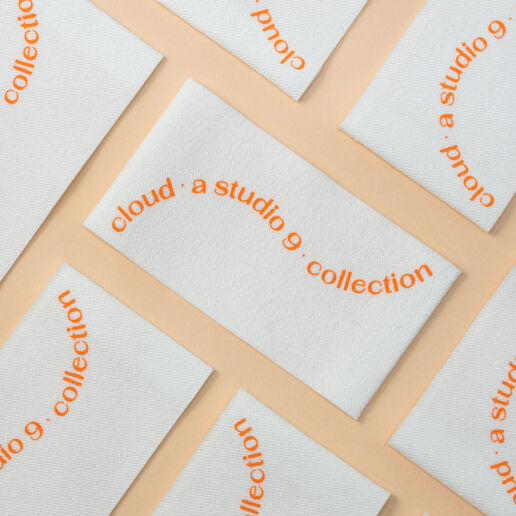
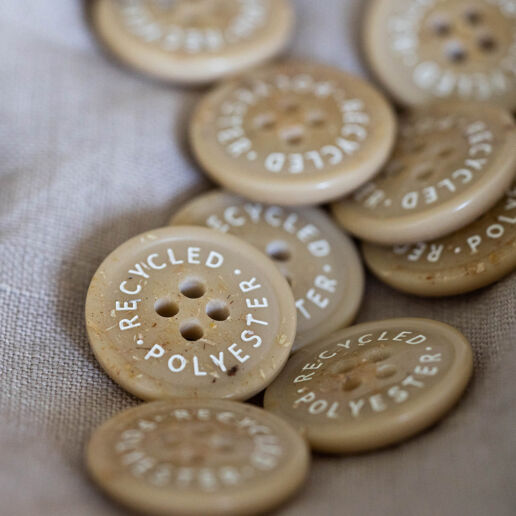

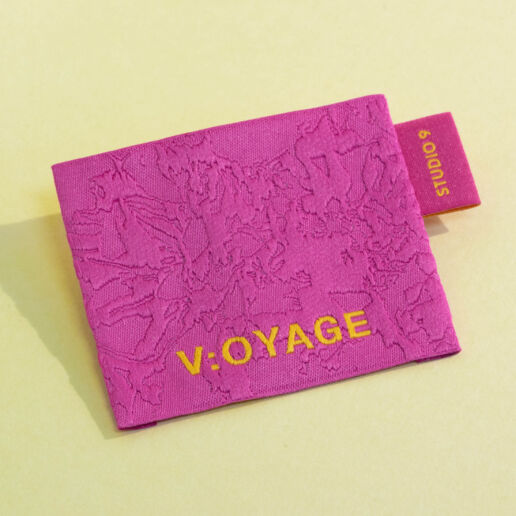
————————————————————————–
DAS KÖNNTE SIE AUCH INTERESSIEREN
Honestly Hemp – Sustainable Innovations
11. April 2024
Her vision: to create an entire outfit made wholly from hemp fibre and end the stigma surrounding the plant.
Fabric Trends Spring.Summer 25 – Part V
9. April 2024
At the heart of this collection is Q-Cycle by Fulgar™, a revolutionary approach that incorporates end-of-life tires into the mass balance technology used during its production, minimizing waste and giving a new life to materials that would contribute to environmental challenges.
BLUEZONE Signature Spring.Summer 25 – Part II
4. April 2024
The designer has given free rein to his creativity to develop his vision of high quality, making increased use of ISKO's Ctrl+Z material science.
BioBase – Sustainable innovations
2. April 2024
The project targets the establishment of biobased polymers in the textile industry, demonstrating their full potential.
Fabric Trends Spring.Summer 25 – Part IV
28. March 2024
Summer, sun, well-being: Cooling materials such as cotton, linen, hemp is wanted as plain or combined qualities.
Blooming Minds – Sustainable Innovations
26. March 2024
Elizabeth’s research focuses on combining nature – especially the use of natural and recycled materials – and community, a social practice which weaves themes such as mental health while encouraging accessible creativity.
The latest accessory developments for Spring.Summer 25 – Part II
21. March 2024
The narrow fabrics combine excellent elasticity with sustainable materials and promote environmentally friendly practices.
Being Plucked – Sustainable Innovations
19. March 2024
"Being Plucked" questions underlying assumptions and illuminates the political dimensions of decisions about one's body.
DESIGN STUDIOS – SPRING.SUMMER 25 I
14. March 2024
Their collection is inspired by the latest catwalks, Copenhagen street style and consumer trend reports.
Fabric Trends Spring.Summer 25 – Part III
12. March 2024
They are crafting high-end fabricsby embracing minimalism and precision and combine exceptional functionality with collective responsibility and prioritize the development of degradable materials with a minimal ecological footprint.
The latest accessories developments for Spring.Summer 24 - Part II
We present 5 manufacturers who showed their new designs for the Spring.Summer 2024 season at MUNICH FABRIC START.
The latest developments for buttons, ribbons, decorative stones, closures, linings, lace, embroidery, interlinings as well as labeling and branding solutions will be presented by around 200 leading international ingredients and accessories suppliers in the ADDITIONALS Area.
GRAF & CO
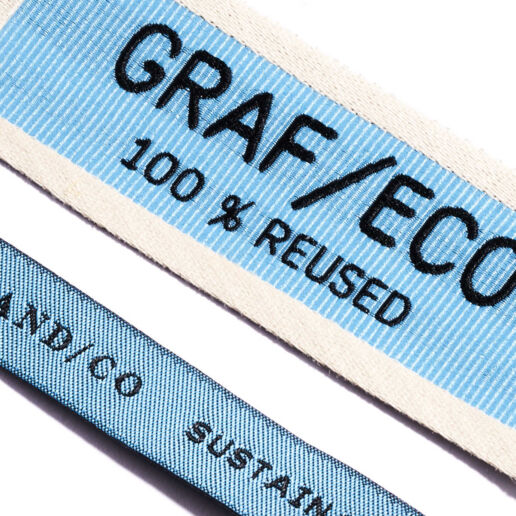
The new Spring.Summer 24 collection from Graf & Co. focuses on recycled labels from post-consumer plastic bottles, biodegradable materials, water-based inks and eco-friendly papers. Today, with the same enthusiasm, but with the extensive experience of over 30 years in business, Graf & Co. supports their clients in the creation and development of customized products. Find woven and printed labels, hangtags and packaging or items that finish off the brand identity at the KLAAS + HESSE studio in S2 | F 226 – 227.
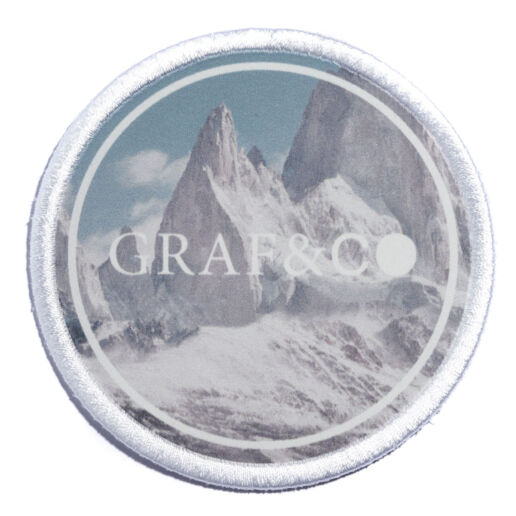
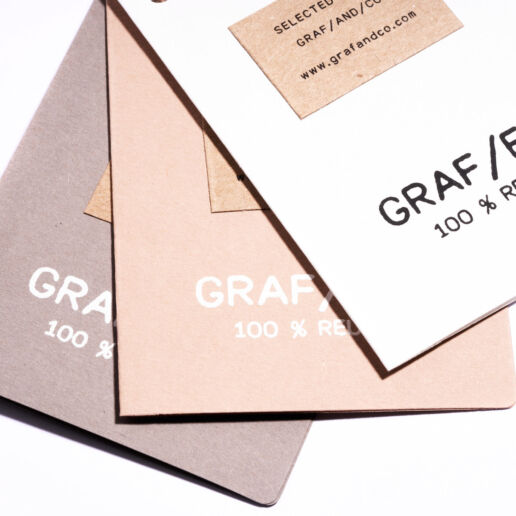
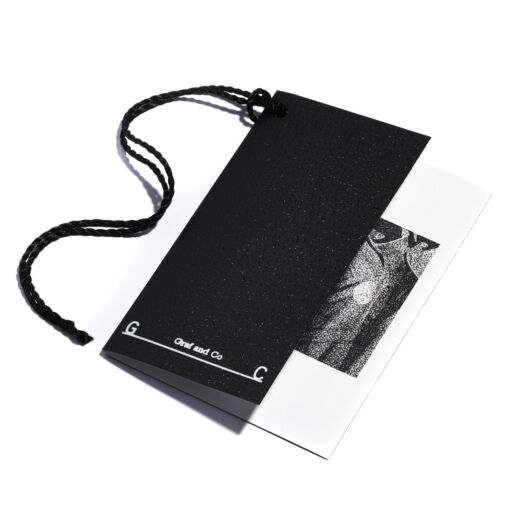
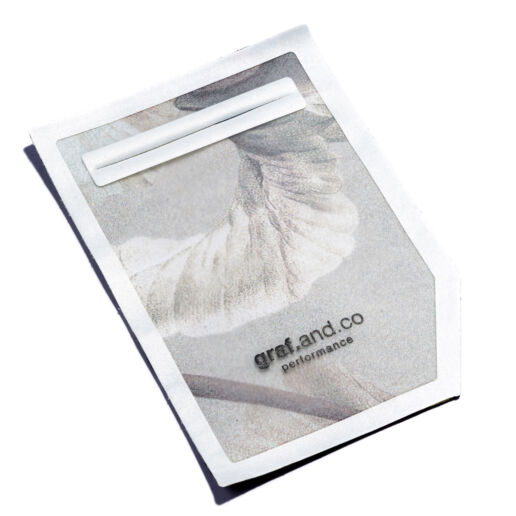
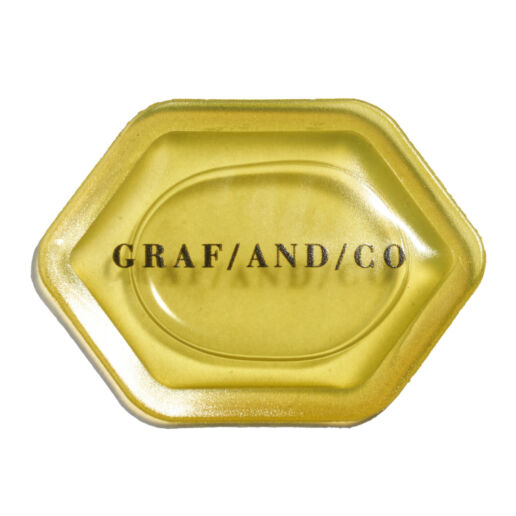
————————————————————————–
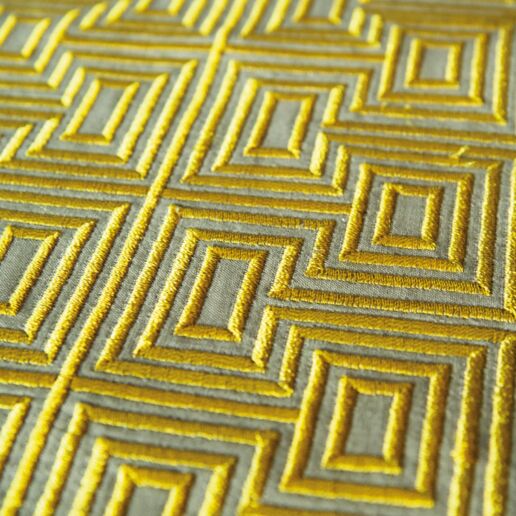
GUNOLD
Cotton threads – conventional or organic quality; viscose, when it comes to nature featured in the fashion collection. Thick threads stand for homemade, for robust. On light summer fabrics the strong effect comes out twice as well. Shiny as metallic: sometimes really loud as a metallic thread, sometimes more discreet in blends with other fibers or finishes – the evening and then the luxury may finally start. And many special threads from iridescent, reflective to transparent or neon luminous.
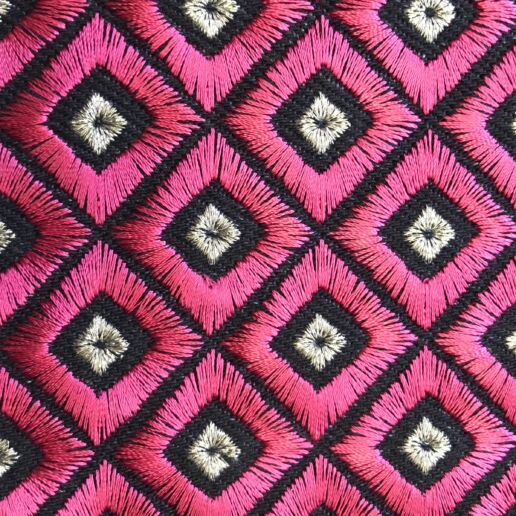
————————————————————————–
KAHAGE BUTONIA
In today’s uncertain world, the new collection 78 by Kahage Butonia reflects the shift from darkness to light. It presents the latest trend colours, a range of different selected materials that have an exciting texture and colour combination. It is an interplay of shiny, iridescent buttons as well as calm, down-to- earth designs, some of which are also ecological. Whatever your vision: Kahage Butonia picks them up and puts them into practice in combination with the latest collection.
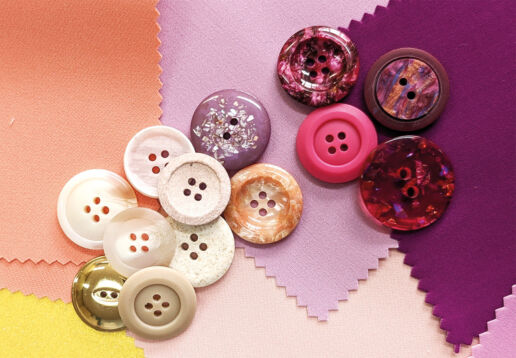
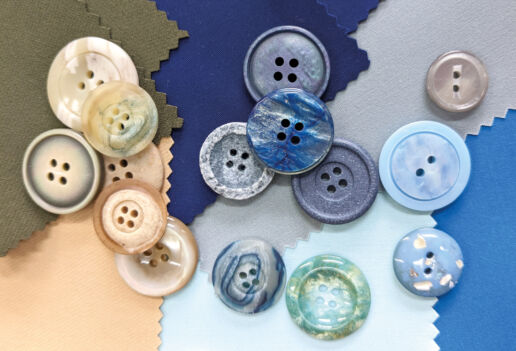
————————————————————————–
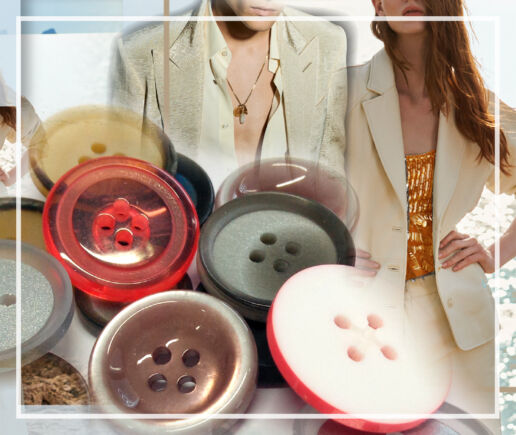
KNOPF SCHÄFER
Lightness and optimism defines fashion in spring/summer 2024. This is expressed in a new clothing culture finding its way into our everyday lives. Sophisticated designs with refined details characterise the look just as much as well thought-out basic styles. Our current collection reflects the new easiness in trendy colours, light transparencies and shimmering effects. The eye-catching appearance is contrasted by straight-lined shapes.
————————————————————————–
MEDIKE LANDES
The new ML13 Collection by Medike Landes presents early trends for the Spring Summer 24 season. The key themes for this season will be Metasensorial, Simple Nature, Tender Pastels, Flower Power and Sustainable Simplicity – mostly from their traditional tanned real leather with and without chromium. In addition to that, they present some sustainable paper labels in pastel colors, eco-friendly recycled leather patches with new finishes, Pinatex patches and vegan fake leather patches. The belts department features the Autumn/Winter collection 2023/2024.
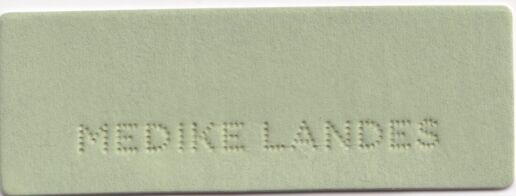
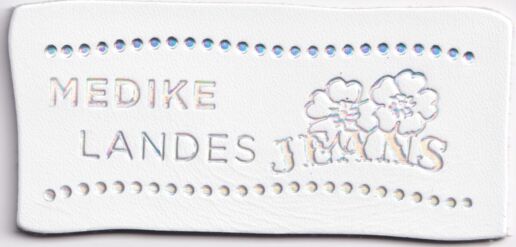
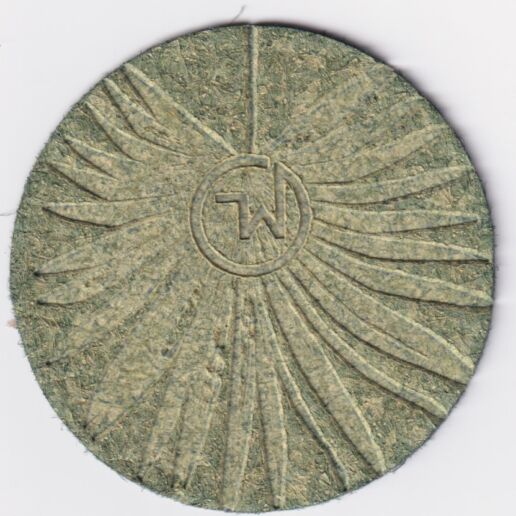
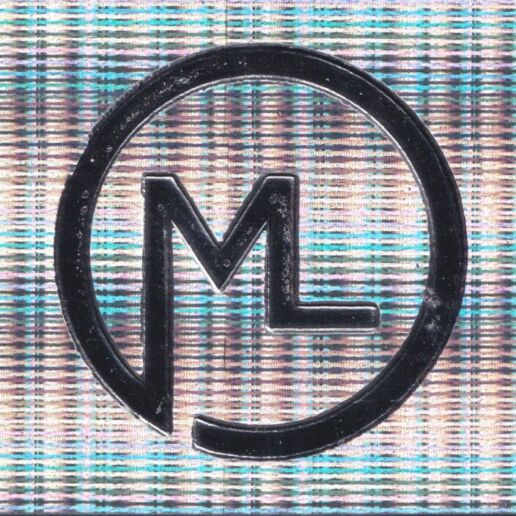
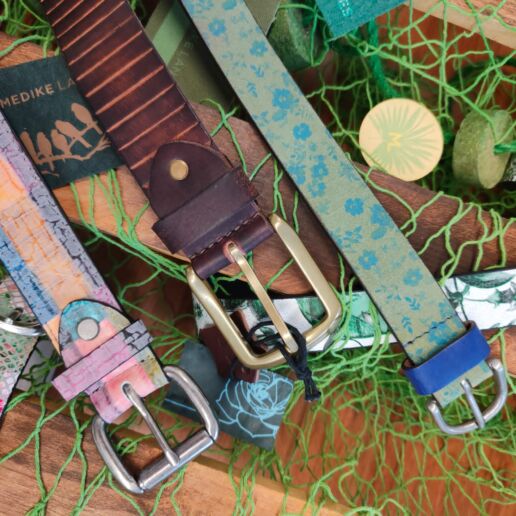
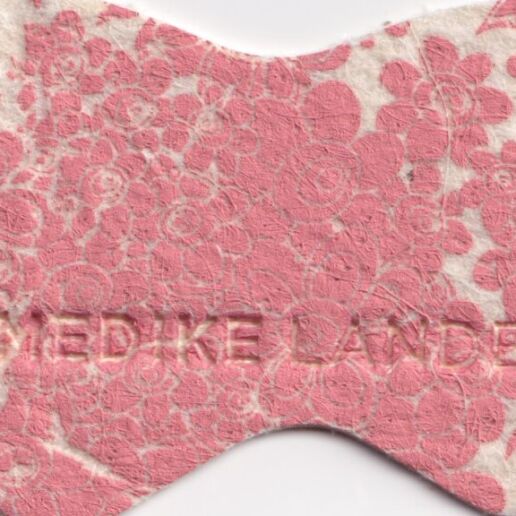
————————————————————————–
THIS MIGHT BE ALSO INTERESTING FOR YOU:
Honestly Hemp – Sustainable Innovations
11. April 2024
Her vision: to create an entire outfit made wholly from hemp fibre and end the stigma surrounding the plant.
Fabric Trends Spring.Summer 25 – Part V
9. April 2024
At the heart of this collection is Q-Cycle by Fulgar™, a revolutionary approach that incorporates end-of-life tires into the mass balance technology used during its production, minimizing waste and giving a new life to materials that would contribute to environmental challenges.
BLUEZONE Signature Spring.Summer 25 – Part II
4. April 2024
The designer has given free rein to his creativity to develop his vision of high quality, making increased use of ISKO's Ctrl+Z material science.
BioBase – Sustainable innovations
2. April 2024
The project targets the establishment of biobased polymers in the textile industry, demonstrating their full potential.
Fabric Trends Spring.Summer 25 – Part IV
28. March 2024
Summer, sun, well-being: Cooling materials such as cotton, linen, hemp is wanted as plain or combined qualities.
Blooming Minds – Sustainable Innovations
26. March 2024
Elizabeth’s research focuses on combining nature – especially the use of natural and recycled materials – and community, a social practice which weaves themes such as mental health while encouraging accessible creativity.
The latest accessory developments for Spring.Summer 25 – Part II
21. March 2024
The narrow fabrics combine excellent elasticity with sustainable materials and promote environmentally friendly practices.
Being Plucked – Sustainable Innovations
19. March 2024
"Being Plucked" questions underlying assumptions and illuminates the political dimensions of decisions about one's body.
DESIGN STUDIOS – SPRING.SUMMER 25 I
14. March 2024
Their collection is inspired by the latest catwalks, Copenhagen street style and consumer trend reports.
Fabric Trends Spring.Summer 25 – Part III
12. March 2024
They are crafting high-end fabricsby embracing minimalism and precision and combine exceptional functionality with collective responsibility and prioritize the development of degradable materials with a minimal ecological footprint.
The latest accessories developments for Spring.Summer 24 - Part I
We present 5 manufacturers who showed their new designs for the Spring.Summer 2024 season at MUNICH FABRIC START.
The latest developments for buttons, ribbons, decorative stones, closures, linings, lace, embroidery, interlinings as well as labeling and branding solutions will be presented by around 200 leading international ingredients and accessories suppliers in the ADDITIONALS Area.
A-TEX GERMANY /
A-TEX PART OF TRIMCO GROUP
A-TEX PART OF TRIMCO GROUP
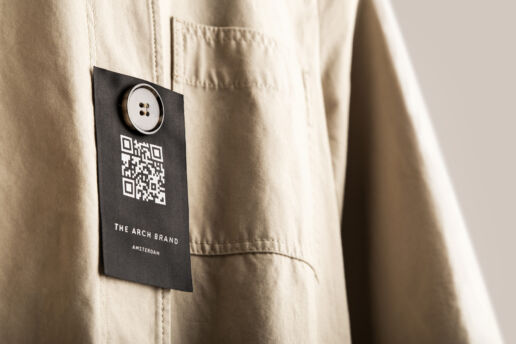
On a mission to change the narrative for trims and labels:
ARCH – the new collection from A-TEX part of Trimco Group, features nature-inspired details and everyday stories engraved in essential pieces of design that shape and complete each style. ARCH is a playground for the physical and digital to meet, connecting technology with the world through solutions such as QR codes. A-TEX invites brands to think of ways to extend the lifetime of a garment, adopt recycling options and introduce truly circular material choices such as recycled polyester made from textile waste for label use.
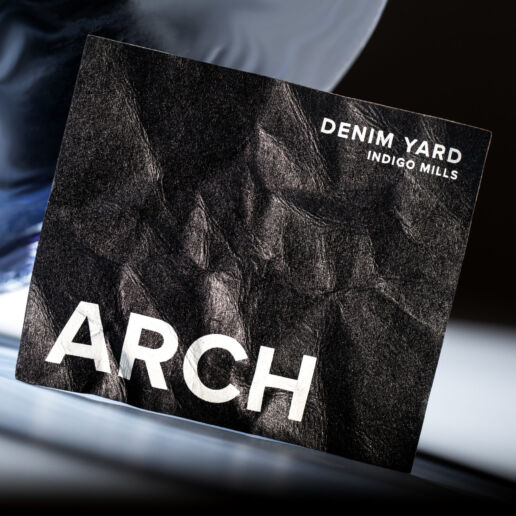
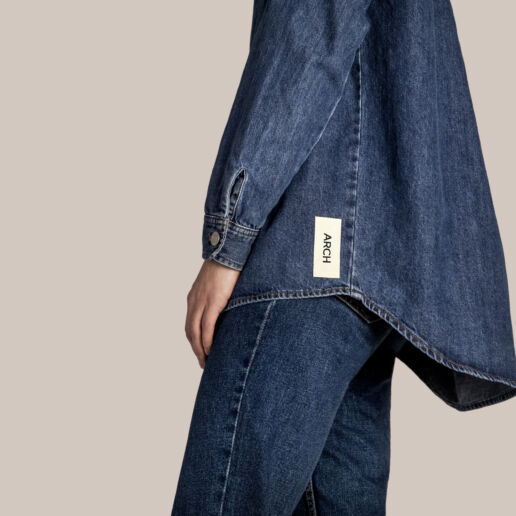
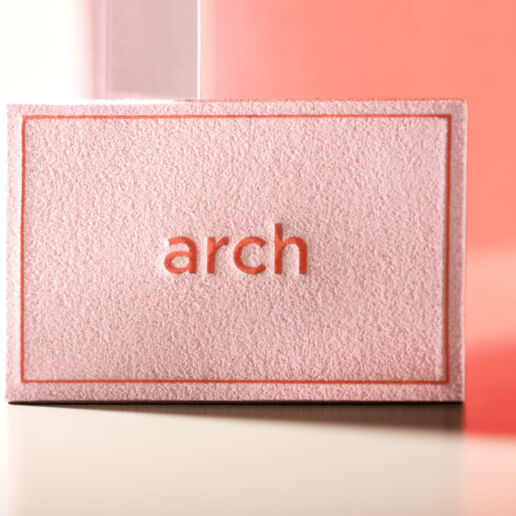
————————————————————————–
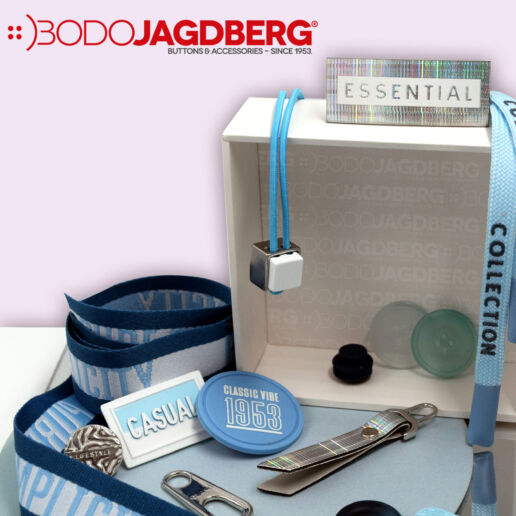
BODO JAGDBERG
This summer BODO JAGDBERG is focused on “statement fashion”! Trend colours as matcha latte and ocean wonder are coming to the fore and are shown on hot embossed foil labels and silicone patches as an eyecatcher for your collection. Holographic labels and hangtags are the new styling booster in womenswear as well as menswear. Round off your glam-up wear with jeans buttons and rivets with animal print designs.
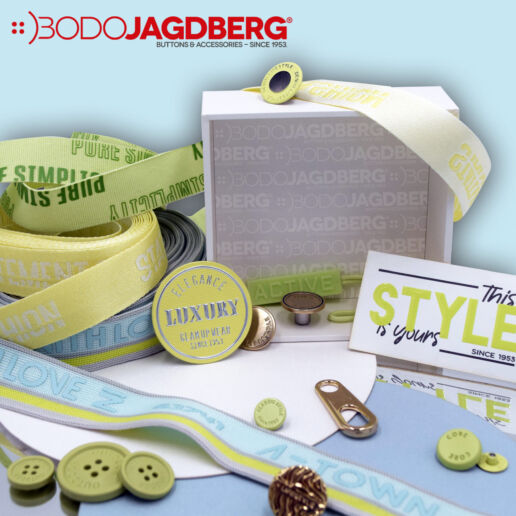
————————————————————————–
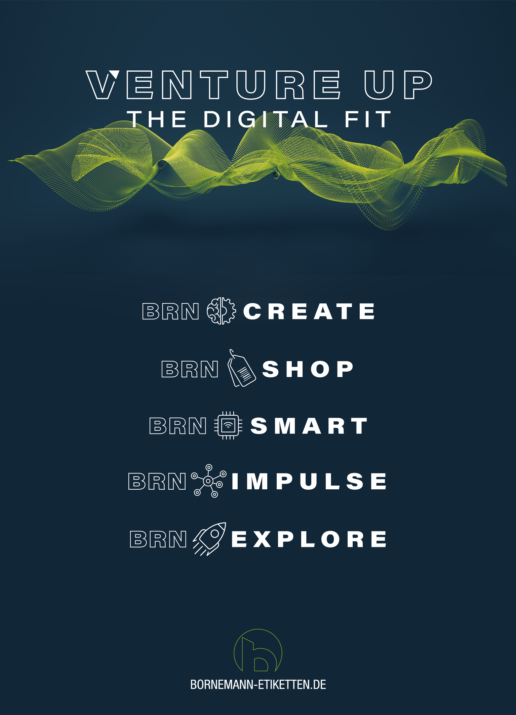
BORNEMANN-ETIKETTEN GmbH
Bornemann offers digital solutions! With the spirit of digital pioneers, the international specialist for product labeling breaks new ground. Bornemann supports its customers in implementing customized solutions using modern technologies. In this way, analog processes are transformed into a digital experience. All information about the digital division Venture Up The digital fit and the current trend collection for summer 24 can be found on our website.
————————————————————————–
FVL
FVL: a world of solutions. Sustainability cannot exist without innovation – that’s why FVL constantly does research to add the most updated knowledge to their experience and ideas. They are presenting the innovative project “reload”: a real upcycling process that starts from the textile processing waste of their customers transforming it to new materials that can give new life to a variety of packaging and manufacturing applications, such as bags, dust bags, tapes, ribbons and whatever is up to the imagination of you as a customer.
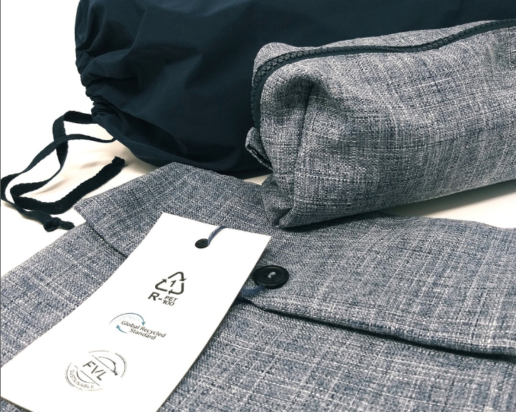
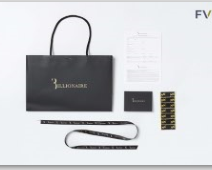
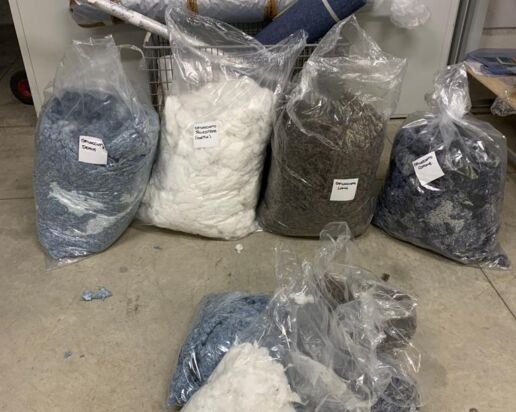
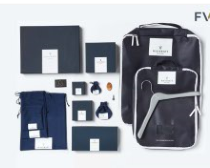
————————————————————————–
GÖRENLER ETIKET
Görenler ergreift Maßnahmen zur Verringerung der Kohlenstoffemissionen, um künftigen Generationen einen besseren Planeten zu hinterlassen, mit dem Ziel, überhaupt keinen Kohlenstoff-Fußabdruck zu kreieren. Bis zum Jahr 2023 soll der Strom, den das Unternehmen verbraucht, aus erneuerbaren Energiequellen stammen. Darüberhinaus recyceln sie Stoffe und Papier in ihren Produktionsmaterialien und respektieren die Rechte der Tiere durch die Verwendung von veganem, zertifiziertem Leder.
Görenler takes action to reduce carbon emissions to leave a better planet for future generations with the determination of NO carbon footprint at all. By 2023, they aim to provide the electricity they use with renewable energy. They added recycle fabrics & paper in their production materials and respect animal rights by using vegan certificated leathers.
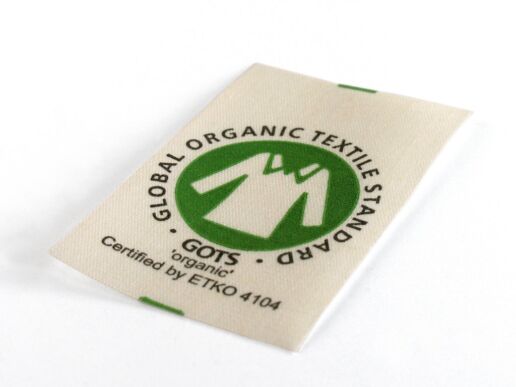
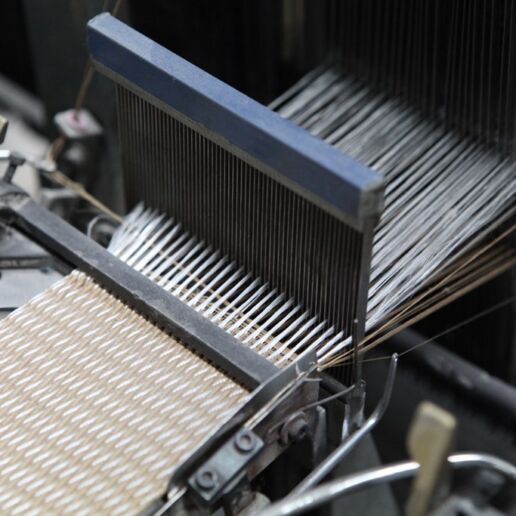
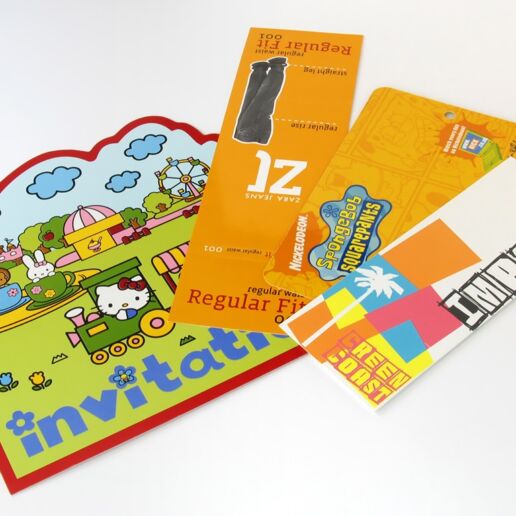
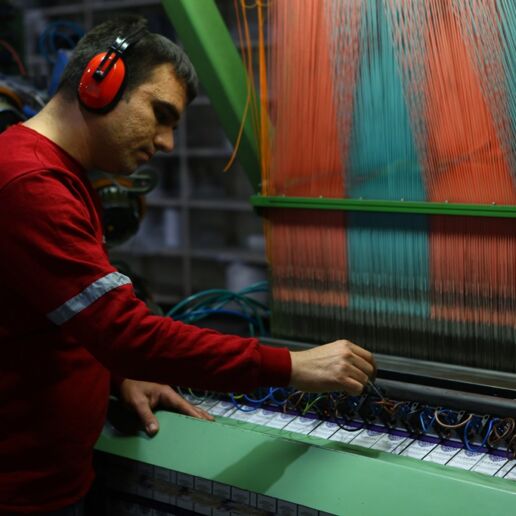
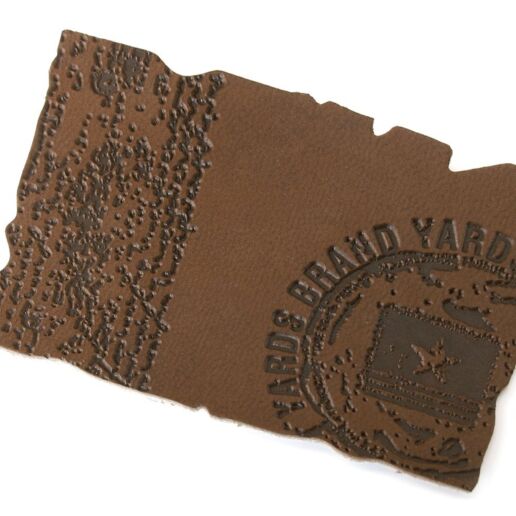
————————————————————————–
THIS MIGHT BE ALSO INTERESTING FOR YOU:
Honestly Hemp – Sustainable Innovations
11. April 2024
Her vision: to create an entire outfit made wholly from hemp fibre and end the stigma surrounding the plant.
Fabric Trends Spring.Summer 25 – Part V
9. April 2024
At the heart of this collection is Q-Cycle by Fulgar™, a revolutionary approach that incorporates end-of-life tires into the mass balance technology used during its production, minimizing waste and giving a new life to materials that would contribute to environmental challenges.
BLUEZONE Signature Spring.Summer 25 – Part II
4. April 2024
The designer has given free rein to his creativity to develop his vision of high quality, making increased use of ISKO's Ctrl+Z material science.
BioBase – Sustainable innovations
2. April 2024
The project targets the establishment of biobased polymers in the textile industry, demonstrating their full potential.
Fabric Trends Spring.Summer 25 – Part IV
28. March 2024
Summer, sun, well-being: Cooling materials such as cotton, linen, hemp is wanted as plain or combined qualities.
Blooming Minds – Sustainable Innovations
26. March 2024
Elizabeth’s research focuses on combining nature – especially the use of natural and recycled materials – and community, a social practice which weaves themes such as mental health while encouraging accessible creativity.
The latest accessory developments for Spring.Summer 25 – Part II
21. March 2024
The narrow fabrics combine excellent elasticity with sustainable materials and promote environmentally friendly practices.
Being Plucked – Sustainable Innovations
19. March 2024
"Being Plucked" questions underlying assumptions and illuminates the political dimensions of decisions about one's body.
DESIGN STUDIOS – SPRING.SUMMER 25 I
14. March 2024
Their collection is inspired by the latest catwalks, Copenhagen street style and consumer trend reports.
Fabric Trends Spring.Summer 25 – Part III
12. March 2024
They are crafting high-end fabricsby embracing minimalism and precision and combine exceptional functionality with collective responsibility and prioritize the development of degradable materials with a minimal ecological footprint.
Designers as game changer - ASSYST
Sustainability:
Designers as game changers
Creativity up and costs under control – that’s the true heart of sustainability.
At the Assyst Experience, creative designers will see how they can have a huge influence on material consumption.
Designers as game changers
At the Assyst Experience, creative designers will see how they can have a huge influence on material consumption.
Purchasing and production are usually responsible for sustainability. However, you can significantly influence costs, material consumption and profitability if you think beyond reusable fabrics – and the key to this is in the hands of apparel designers.
Shaping sustainability and profitability with 3D
Nowadays, development in 3D is everywhere. Optical prototypes help to save samples during approval procedures. How sustainable and cost-efficient the entire development process actually is becomes apparent as soon as the design draft moves on to technical product development. Most 3D design software is not based on production-safe patterns. If important information for product development and production such as seam allowances and sizing & fitting is missing, the pattern must be changed and re-approved in 2D. Physical samples are then necessary, despite the 3D design. Not so with Assyst.
Achieving a better hit rate for designs – without any physical samples
The Assyst 3D design software is always based on a production-oriented 2D pattern that supports a seamless process from 3D through to production. This ensures greater sustainability and cost efficiency. Because a digital product has already been created in the design you can decide on the look, but also whether the sizing & fitting is correct and what the later production result will be. These advantages are evident in the entire process – but especially in design, where time is tight. The more efficient this phase is, the less burdensome it will be for all departments. Development can be cut short to just a few days instead of weeks.
Buying and producing precisely the right amount of fabric
In the digital development process data flows from production to design just as easily and quickly as from design to production. This is important because a lot can be achieved at the beginning of the process. Let’s assume that the 3D design software is networked with order optimization. If so, all the participants can estimate the fabric consumption and material costs from the first draft and quickly introduce countermeasures if the product costs deviate in any way from the collection framework plan. Companies can also negotiate in a more targeted manner and only have as much fabric produced as is needed.
Always the correct production result for color, material and sizing & fitting
All the elements of a clothing product can be digitally controlled in the process. Color can be captured precisely and sent to supply partners. These values serve as exact references for quality control. Digital fabrics with the textures and properties of the actual materials help creative designers with product simulation and facilitate remote decisions.
Thinking of new ways
If the product is entirely digital, it makes sense to become creative in the process and drive innovations like automation. Not only fabric developments but also knitting designs can be developed digitally, visualized in 3D for a sizing & fitting check and then transferred straight to the knitting machine.
The Assyst Experience – a new event format for digital design
At the Assyst Experience, these topics will come alive for you! Exemplary processes give designers ideas for implementation in their own companies, and lectures on key topics of the industry complete the program.
Discover more industry-changing innovations at our upcoming trade shows:
100 % collagen, 0 % plastic - Sustainable innovations
100 % collagen, 0 % plastic
GOLD by WINT Design Lab Robin Hoske and Felix Rasehorn
Sustainable Innovations
If you think that “GOLD” by WINT Design Lab was inspired by the shiny precious metal, you’re wrong – the design research project draws its inspiration from the outer tissue layer of the cow’s intestine. This extremely thin, elastic and tear-resistant membrane, also called gold beater’s skin, was used in the past as a separating layer when beating gold leaf.
Product designers Robin Hoske and Felix Rasehorn, founders of WINT Design Lab, together with Mimotype Technologies, saw the potential in the material to create durable and recyclable high-performance textiles free of plastic.
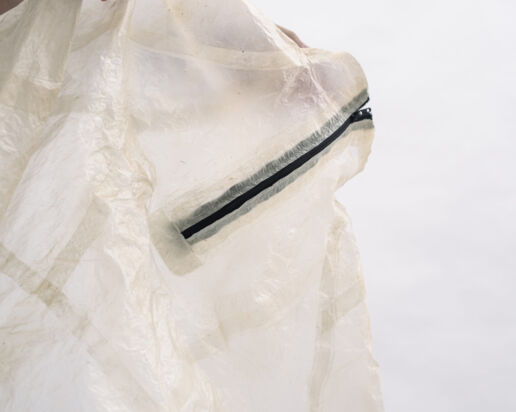
Animal skins, due to their properties, have been used by humans throughout history to create textiles with water-repellent capabilities. During a one-year research fellowship, WINT therefore investigated the aesthetic and functional design features of the skin of the goldbeater and sequenced the RNA. The goal: to synthetically replicate the material properties, develop a biopolymer and use it to make high- performance textiles. In cooperation with Mimotype
Technologies, a biotech start-up from Berlin, and funded by the BIOTEXFUTURE project of the ITA Institute of Textile Technology, the researchers succeeded in cultivating the unique material in bioreactors. The result is bio-synthetically grown collagen substrate – vegan and biodegradable – from which WINT has reated a running jacket that meets both aesthetic and functional demands.
While the global demand for synthetic textiles continues to rise and their production consumes large amounts of petrochemicals, energy and finite raw materials, a new generation of water-repellent outdoor jackets is thus born.
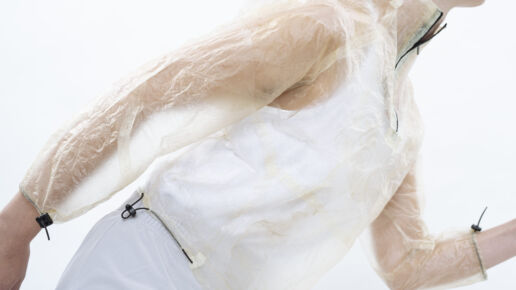
Source: GOLD
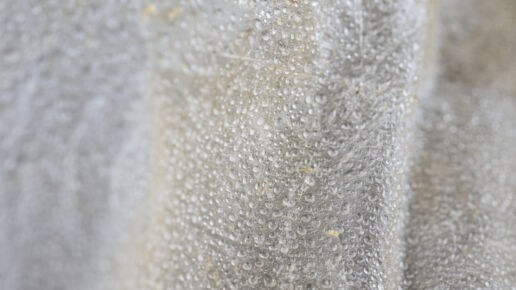
Source: GOLD
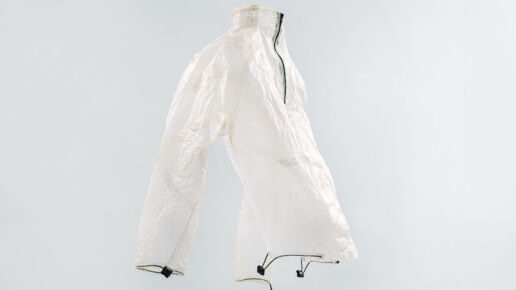
Source: GOLD
“As designers we have to shift the reasoning of our practice from convenience to impact.”
———————————————————————–
THIS MIGHT BE ALSO INTERESTING FOR YOU:
Fabric Trends Spring.Summer 25 – Part VIII
7. May 2024
Their fabrics are light and contemporary and are characterised by tonal textures, minimal and subtle details and by seasonless neutral colours: all these elements make their product range up todate yet timeless.
DESIGN STUDIOS – SPRING.SUMMER 25 II
2. May 2024
The exhibited designs are characterised by the versatile use of craftsmanship and technology.
Fabric Trends Spring.Summer 25 – Part VII
30. April 2024
They specialize in crafting eco-sustainable fabrics and jerseys using in-house developed yarns.
Let's get circular - Sustainable innovations
Using existing resources and creating something new from them: What if you didn’t dispose of the leftovers of freshly squeezed juice – but could create a new material from it? Germany is at the forefront of apple juice consumption, producing up to 200,000 tonnes of pomace per year, solid residues from the pressing process. Instead of reusing them, as has been the case up to now, mainly in biogas plants, for pectin extraction or as animal feed, textile and surface designer Verena Brom has been inspired to develop new material systems for various industries.
The designer studied at the Weißensee Art Academy in Berlin. In the project “A Matter of Fruit“, she produces various biodegradable films from pomace residues that can be used instead of synthetic material. Visually and characteristically, it can be classified as a paper, plastic or leather alternative, depending on its thickness, and offers potential for different areas of application – from interior design to the clothing industry. The material is suitable for laser cutting and engraving, but due to its fusibility it can also be welded or pressed into shape. In addition to the films, Verena Brom has developed a printing paste made from apple pomace that further expands the material’s design possibilities and areas of application.
After the first cycle of use, the material can be returned to the natural loop: For example, it can be turned into a plant pot that biologically decomposes after being potted into the soil. This brings Verena Brohm closer to her goal of using renewable resources – such as the by-products of the food industry – and to use design as a tool to optimise material cycles.
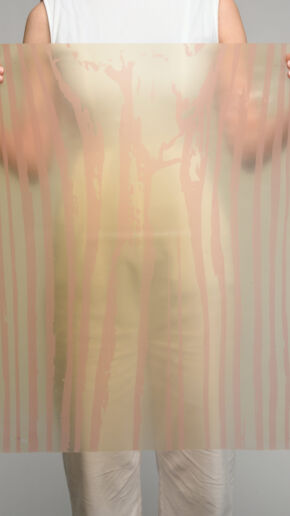
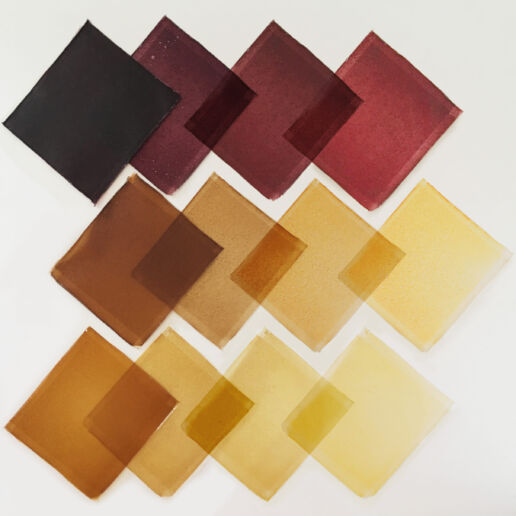
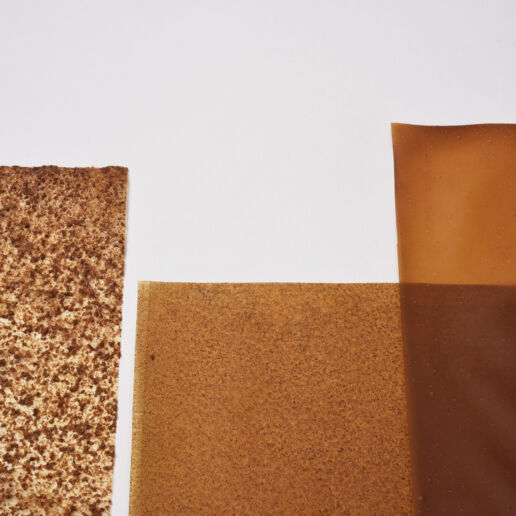
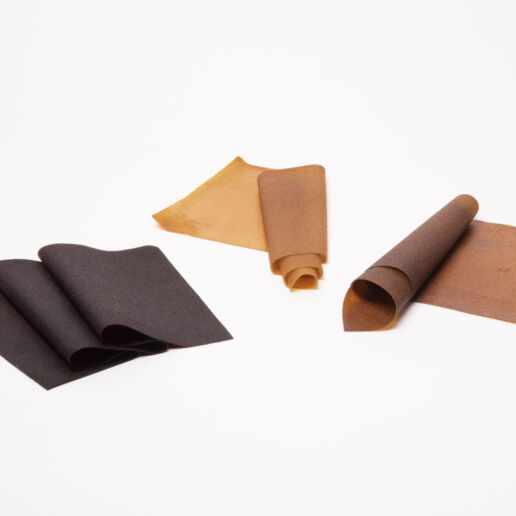
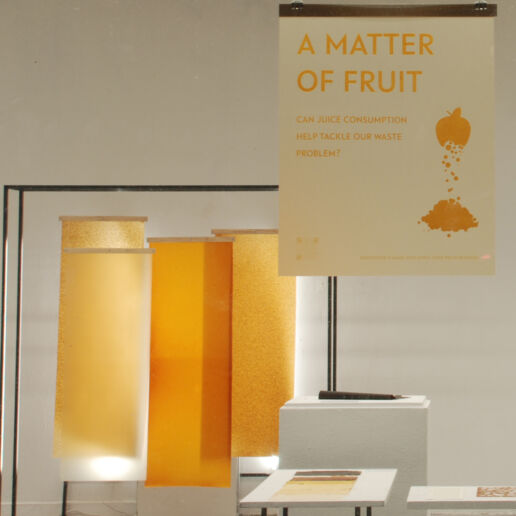
“When developing the material, it was important to use as few additives as possible – and to push boundaries:
how can different properties be developed solely through different processing methods? Using different techniques can expand the
scope for design and influences the haptic and translucency of the material:
from smooth to abrasive, from transparent to opaque – a big variety of options are possible without loosing the mono-materiality.“
———————————————————————–
THIS MIGHT BE ALSO INTERESTING FOR YOU:
Fabric Trends Spring.Summer 25 – Part VIII
7. May 2024
Their fabrics are light and contemporary and are characterised by tonal textures, minimal and subtle details and by seasonless neutral colours: all these elements make their product range up todate yet timeless.
DESIGN STUDIOS – SPRING.SUMMER 25 II
2. May 2024
The exhibited designs are characterised by the versatile use of craftsmanship and technology.
Fabric Trends Spring.Summer 25 – Part VII
30. April 2024
They specialize in crafting eco-sustainable fabrics and jerseys using in-house developed yarns.
The New World of Colours - Sustainable innovations
THE NEW WORLD OF colours
MycoColors by Birke Weber and Friederike Hoberg
SUSTAINABLE INNOVATIONS
Dyes play a major role in our daily lives – in the clothes we wear, the cosmetics we use or the food we eat. Most of the dyes we use are of synthetic origin, which poses potential health risks – both in the manufacturing process and in the dyeing process or use. In addition, dyes and pigments in industrial wastewater are not infrequently released into the environment, where they remain and damage ecosystems.
MycoColors, a project by designer Birke Weber and biochemist Friederike Hoberg, addresses precisely this problem. The two are researching the potential of alternative dyes – specifically: from fungi. With MycoColors, they want to develop optimal growth conditions for colour-producing mycelium with the aim of creating a sustainable extraction of dyes and an innovative dyeing process and establishing fungal dyes in the textile and fashion industry. Because: fungi offer a lively, broad colour spectrum that runs through all the colours of the rainbow and is far from being exhausted
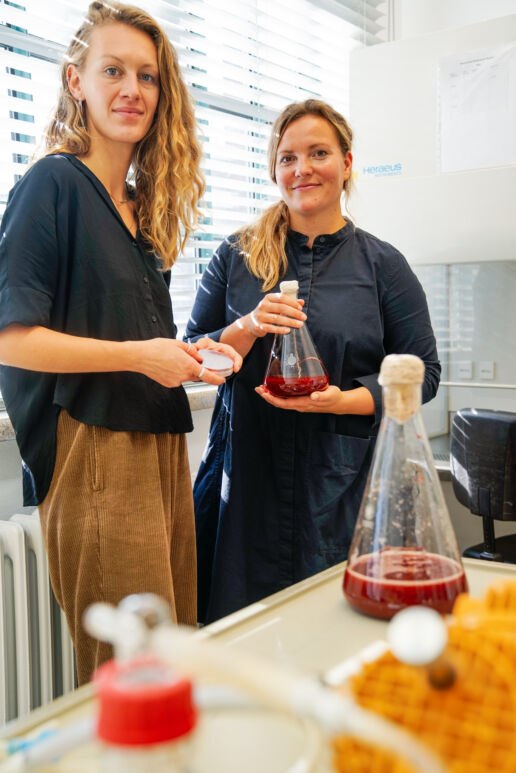

The advantages: The fungal mycelium from which the dyes are extracted grows within just a few days, cultivation takes place in inexpensive culture mediums and production is independent of weather and season. Furthermore, MycoColors works in a closed material cycle: resources such as water and nutrients can be recovered and reused, and by-products such as the biodegradable mycelium can either be returned to nature or upcycled – for example, by using it for paper production.
“The textile and fashion industry uses vast quantities of toxic and carcinogenic chemicals, including synthetic dyes, for its ever-changing
product range. But the end customers cannot trace everything that is hidden in a purchased T-shirt or carpet. A humane and environmentally
friendly alternative made from fungi aims to revise this uncertainty, especially with regard to the colors in a purchased product.”
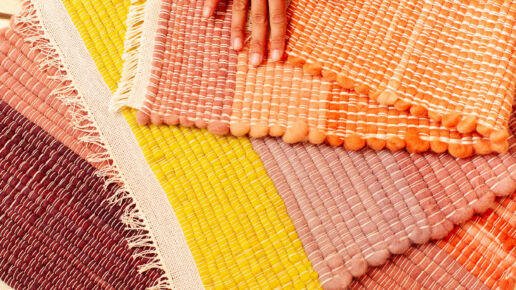
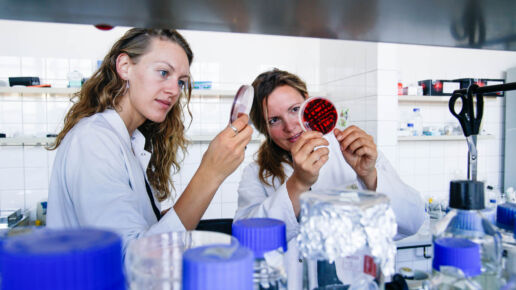
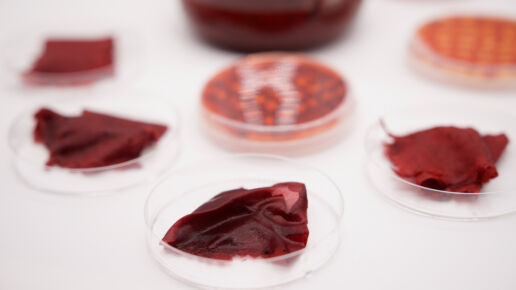
———————————————————————–
THIS MIGHT BE ALSO INTERESTING FOR YOU
Fabric Trends Spring.Summer 25 – Part VIII
7. May 2024
Their fabrics are light and contemporary and are characterised by tonal textures, minimal and subtle details and by seasonless neutral colours: all these elements make their product range up todate yet timeless.
DESIGN STUDIOS – SPRING.SUMMER 25 II
2. May 2024
The exhibited designs are characterised by the versatile use of craftsmanship and technology.
Fabric Trends Spring.Summer 25 – Part VII
30. April 2024
They specialize in crafting eco-sustainable fabrics and jerseys using in-house developed yarns.
Collective braiding - Sustainable innovations
A world where everything is becoming faster, more connected and more digital, endless possibilities are emerging. But why always strive for the new instead of continuing the traditional?
Designer Camille Champion has taken note of this development and, during a stay in South Korea, set out to revive interest in traditional craftsmanship.
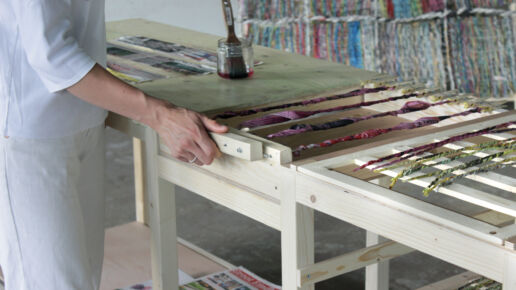
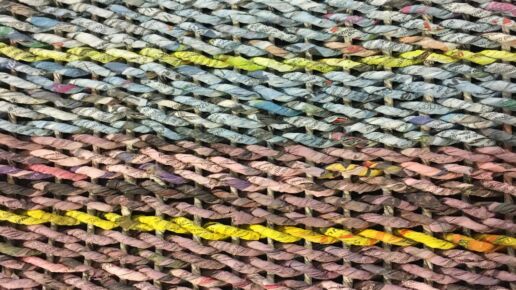
During her travels, she discovered the over 500-year-old technique of jiseung – a process dating back to the Joseon Dynasty that is used to make basketry from old books and paper waste. To do this, the paper is cut into thin strips and then corded. The cords can then be woven into containers such as baskets in various colours and patterns using different basketry techniques.
To save this cultural heritage from extinction, Camille Champion has launched the “Twist and Roll” project, bringing the reuse of newspaper waste to create new objects into a modern Western context: to pass on the craft, the designer has set up a series of workshops to give school children a connection to this tradition. She has designed a small weaving tutorial to teach children to make their own paper threads, weave them on a loom and then collectively build a tent-like structure for their classroom. Twist and Roll combines sustainability, creativity, craft skills and teamwork to show how the education system can benefit from crafts.
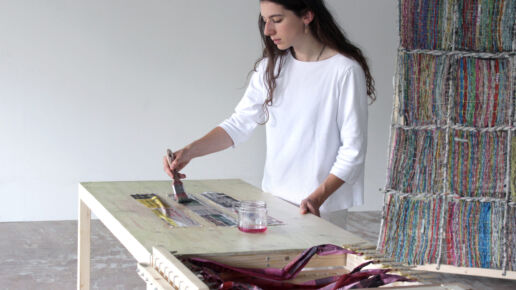
“In my opinion, giving the right tools to the new generations is very important.
Teaching them about materiality, history, or sustainability, will allow them to make the right choices for a better future.”
———————————————————————–
THIS MIGTH BE ALSO INTERESTING FOR YOU
Fabric Trends Spring.Summer 25 – Part VIII
7. May 2024
Their fabrics are light and contemporary and are characterised by tonal textures, minimal and subtle details and by seasonless neutral colours: all these elements make their product range up todate yet timeless.
DESIGN STUDIOS – SPRING.SUMMER 25 II
2. May 2024
The exhibited designs are characterised by the versatile use of craftsmanship and technology.
Fabric Trends Spring.Summer 25 – Part VII
30. April 2024
They specialize in crafting eco-sustainable fabrics and jerseys using in-house developed yarns.
Clothes that grow - Sustainable innovations
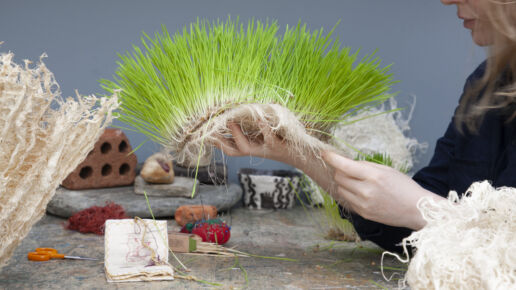
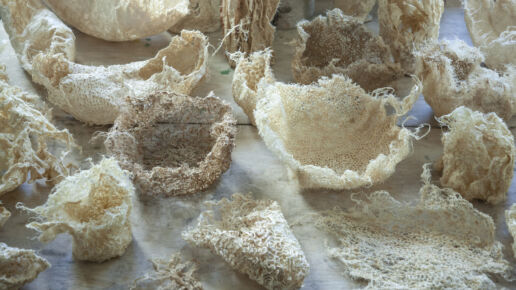
Nature as a 3D printer: material designer and underwater photographer Zena Holloway creates shapes and forms from wheat grass roots that grow in self-carved moulds made of beeswax. The supposed magic lasts for twelve days – the roots spread out horizontally or vertically and make their individual way through the wax templates. Depending on the shape of these, the roots either grow small in a confined space so that they become flat and compact, or if there is more space they can root deeper and three-dimensional shapes emerge. Immediately after harvesting, the roots are heavy and moist, after 24 hours they dry out and become light as a feather.
Each growth cycle produces a different result – all products are therefore individual pieces that can be further shaped by cutting, sewing, tearing or linking. For example, they can be used to create large, hanging structures, to shape vessels or to produce clothing and accessories. The wheatgrass roots also react particularly well to natural dyeing processes. In the name of sustainability: the water that accumulates and runs off during production can be reused and the leftover shoots, seeds or roots can be reused as animal feed. In addition, the dried root is a kind of botanical skeleton that binds carbon. Thus, the Rootful project demonstrates a micro-level approach to solving the complex problem of climate change.
“Growing artefacts from root is the simplest concept but captures the imagination of a wide audience.
I’m learning that root is a wonderful material to create fashion and art, serving to open up conversations around materiality and sustainability that inspire change.“
In the name of sustainability: the water that accumulates and runs off during production can be reused and the leftover shoots, seeds or roots can be reused as animal feed. In addition, the dried root is a kind of botanical skeleton that binds carbon.
Thus, the Rootful project demonstrates a micro-level approach to solving the complex problem of climate change.
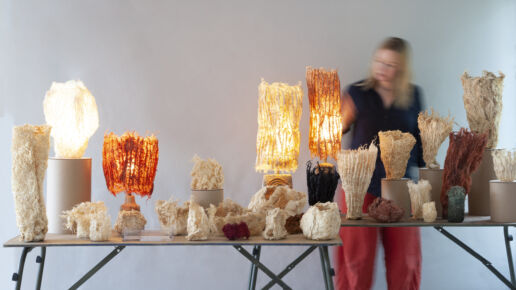
———————————————————————–
THAT MIGHT BE ALSO INTERESTING FOR YOU
Fabric Trends Spring.Summer 25 – Part VIII
7. May 2024
Their fabrics are light and contemporary and are characterised by tonal textures, minimal and subtle details and by seasonless neutral colours: all these elements make their product range up todate yet timeless.
DESIGN STUDIOS – SPRING.SUMMER 25 II
2. May 2024
The exhibited designs are characterised by the versatile use of craftsmanship and technology.
Fabric Trends Spring.Summer 25 – Part VII
30. April 2024
They specialize in crafting eco-sustainable fabrics and jerseys using in-house developed yarns.


